We may earn money or products from the companies mentioned in this post. This means if you click on the link and purchase the item, I will receive a small commission at no extra cost to you ... you're just helping re-supply our family's travel fund.
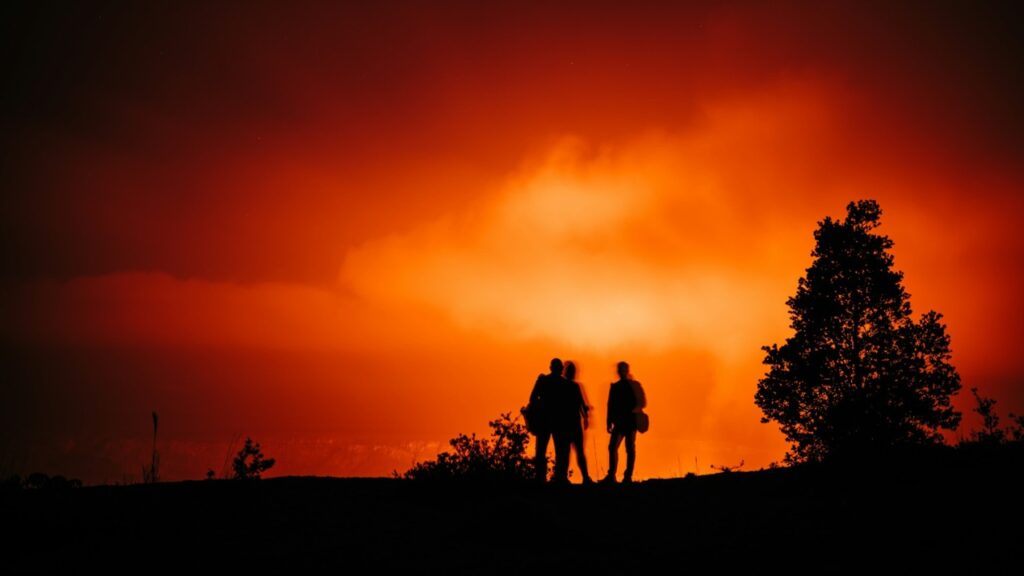
There is a power sleeping just beneath the Earth’s surface, a force that has sculpted our world with fire and stone. Volcanoes are the architects of continents and the creators of islands, and to stand in their presence is to feel a profound connection to the planet’s raw, creative energy. While their power demands respect, many of these magnificent sites are now tranquil parks and monuments. You can safely walk across ancient lava flows and peer into silent calderas, witnessing firsthand the landscapes born from the Earth’s fiery heart.
1. Hawaiʻi Volcanoes National Park, Hawaii
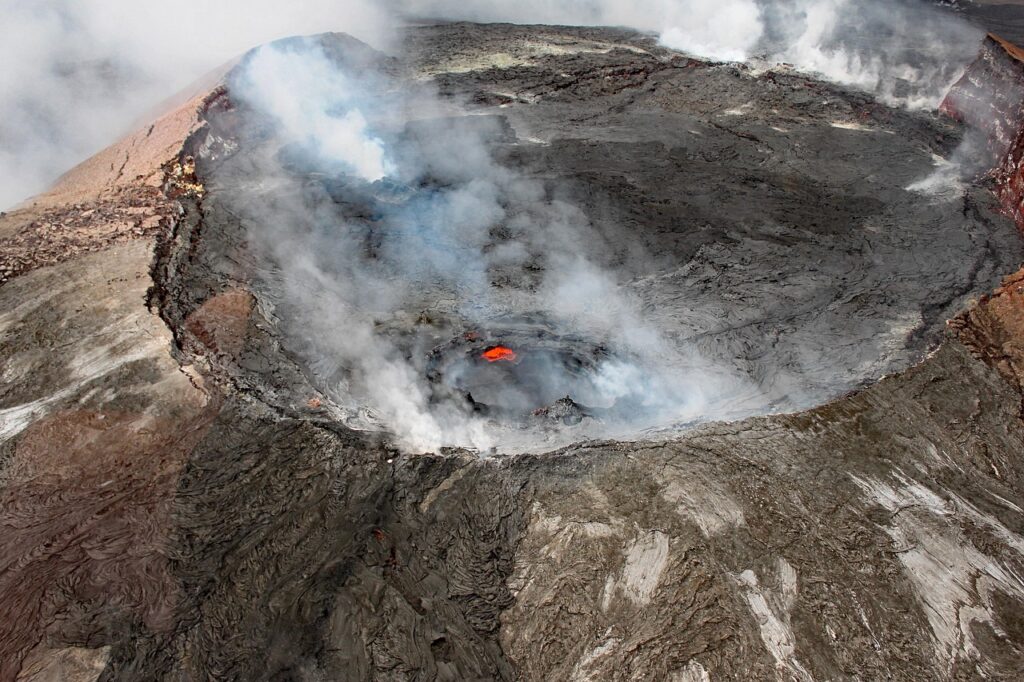
This is a land in the process of creation. Stand at the edge of the Kīlauea caldera and you can feel the heat, a direct link to the Earth’s molten core. This is the domain of Pele, the Hawaiian goddess of volcanoes, and the park is a living, breathing testament to her power. You can walk through giant lava tubes, hike across a crater floor, and, when conditions are right, witness the incredible glow of an active lava lake against the night sky. It is a humbling and unforgettable experience.
2. Mount Rainier National Park, Washington

It looms over the Seattle skyline like a serene, white giant, but Mount Rainier is an active stratovolcano of immense scale. In summer, its lower slopes are covered in a breathtaking carpet of wildflowers, a beautiful contrast to the formidable glaciers that cling to its peak year-round. Hiking here offers stunning views of the Cascade Range and a tangible sense of the power that lies dormant beneath the ice. It is a place of dramatic beauty where nature’s gentleness and force exist side by side.
3. Crater Lake National Park, Oregon
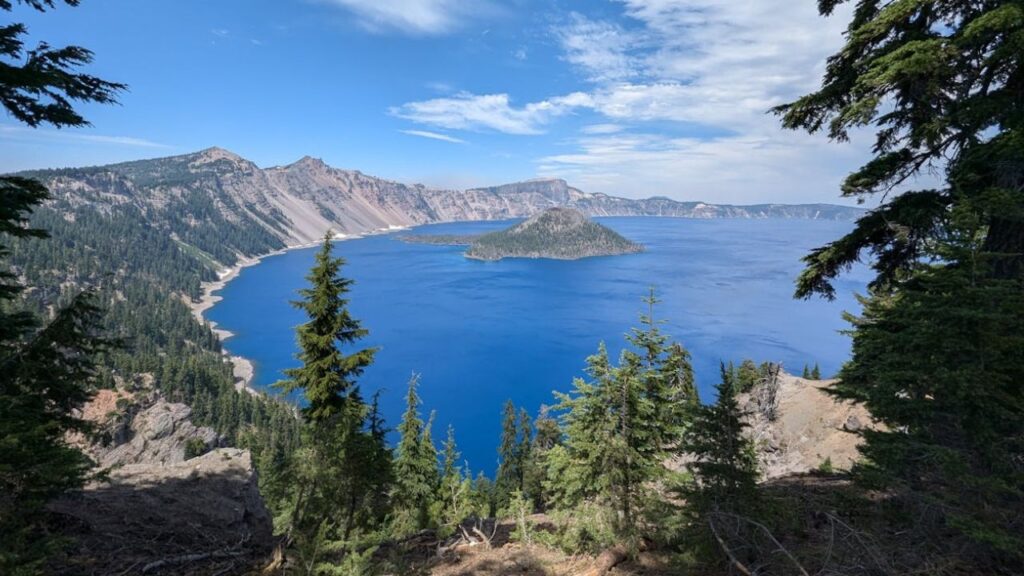
Witness the stunning aftermath of a cataclysmic eruption. Nearly 8,000 years ago, Mount Mazama collapsed, leaving behind the deep, pristine caldera that now holds Crater Lake. Fed only by rain and snow, its waters are some of the purest and clearest in the world, resulting in a shade of blue so deep it seems unreal. You can drive the scenic rim, take a boat tour to the mysterious Wizard Island cinder cone, or simply sit and contemplate the profound stillness of this incredible place.
4. Lassen Volcanic National Park, California
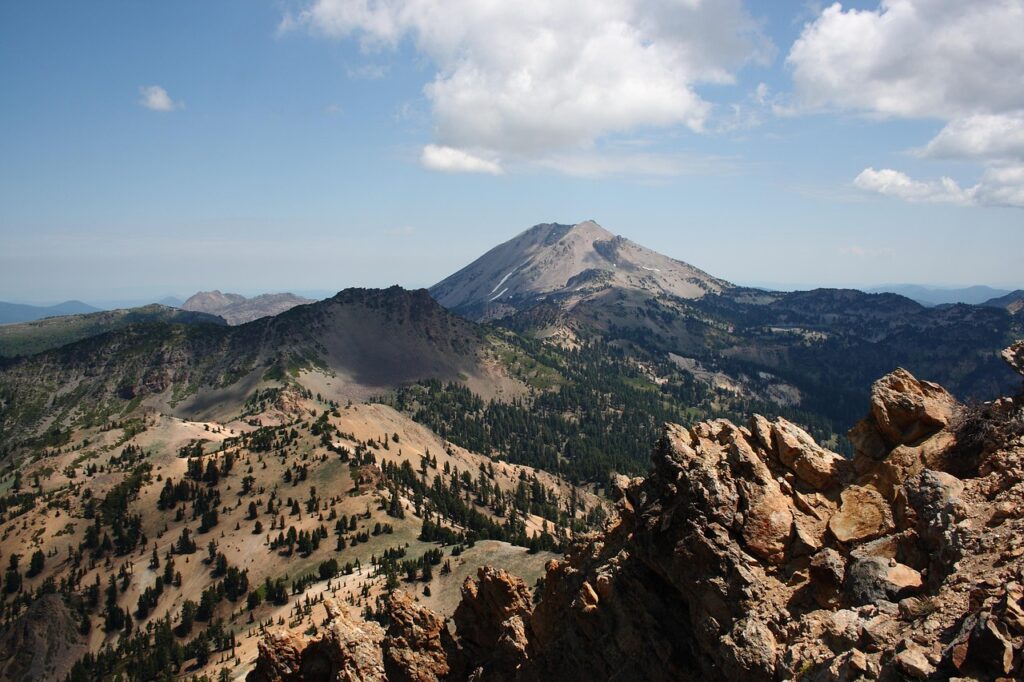
Lassen Peak, one of the world’s largest plug dome volcanoes, last erupted in 1915 and still anchors a region alive with hydrothermal features. The land steams and bubbles with fumaroles, boiling springs, and mud pots. Trails like Bumpass Hell guide visitors safely through sulfurous basins, while nearby crystal lakes and peaks remind you that fire and beauty are bound together in one powerful landscape.
5. Mount St. Helens National Volcanic Monument, Washington
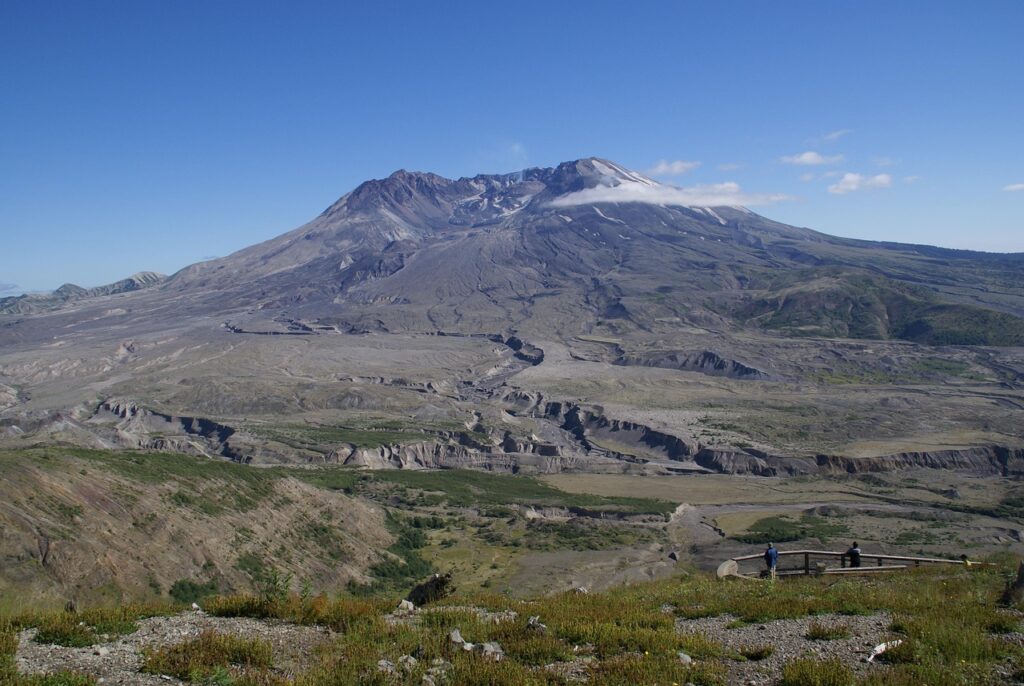
On May 18, 1980, Mount St. Helens erupted with violent force, forever changing the landscape and our understanding of volcanoes. Today, visiting the monument is a powerful lesson in destruction and rebirth. You can stand at the Johnston Ridge Observatory and look directly into the gaping, horseshoe-shaped crater. Around you, life is steadily returning to the blast zone, with wildflowers and young trees pushing up through the ash. It is a sobering and ultimately hopeful place.
6. Haleakalā National Park, Hawaii
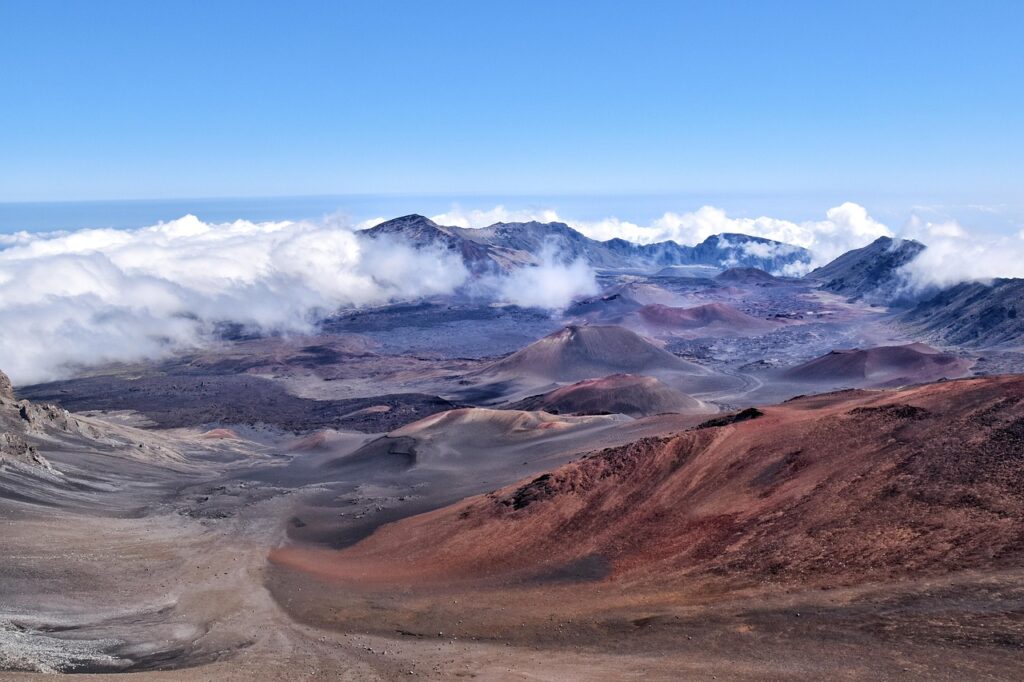
Guarding Maui’s east side, Haleakalā is famed for its vast summit depression filled with red cinder cones, windswept ridges, and stark volcanic sands. Though shaped largely by erosion, it feels like another world entirely. Visitors often hike into its silent basin or gather at dawn for one of the most celebrated sunrises on Earth. It is a spiritual and natural landmark that embodies both grandeur and stillness.
7. Craters of the Moon National Monument, Idaho
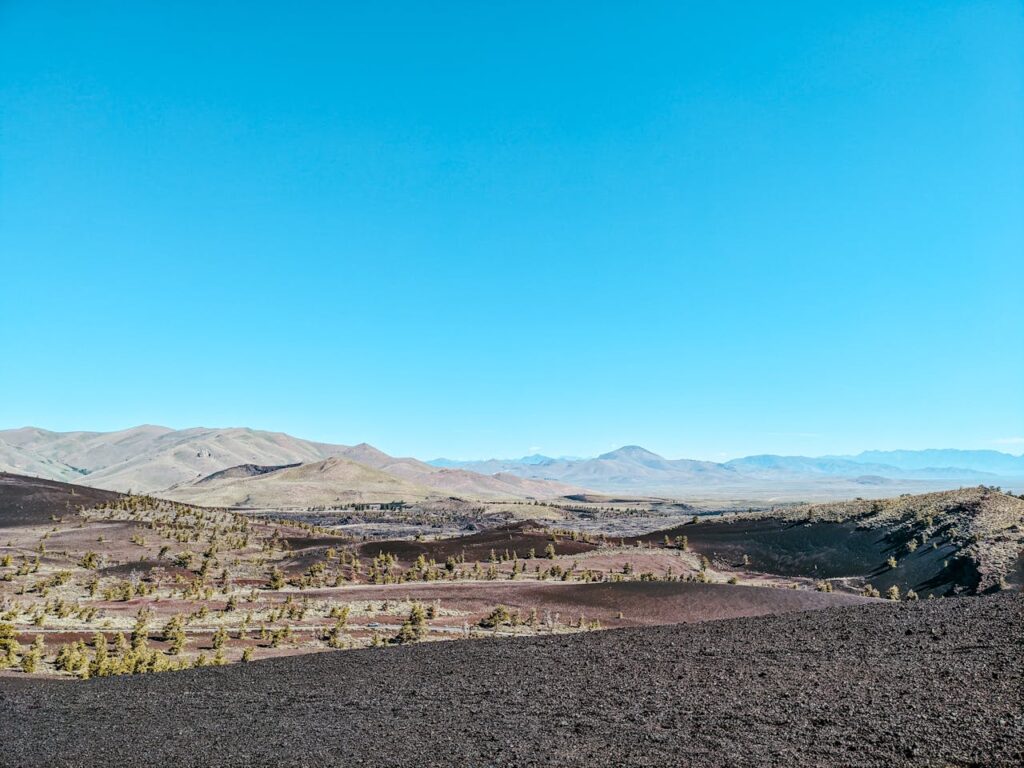
Step into a bizarre and beautiful landscape that truly lives up to its name. Craters of the Moon is a vast ocean of lava flows, with cinder cones, spatter cones, and lava tube caves. This strange volcanic wonderland was formed by a series of eruptions thousands of years ago. You can follow trails that lead across the rugged, black rock, descend into a cool cave, or climb a cinder cone for a panoramic view of a scene that feels more like another planet than southern Idaho.
8. Sunset Crater Volcano National Monument, Arizona
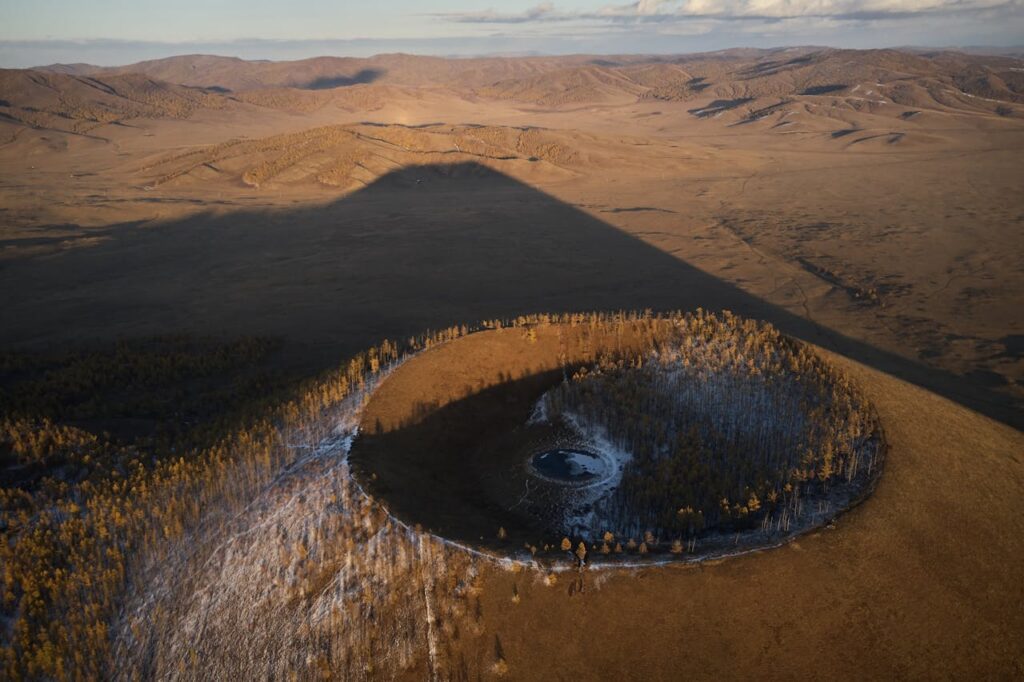
Around 1085 CE, Sunset Crater erupted with force, covering northern Arizona with lava and ash. Its red-and-gold summit gave the volcano its name, resembling a fiery sky at dusk. Though climbing the cone is prohibited to protect it, trails let you wander among lava flows and twisted pine forests at its base. It remains a vivid record of a recent eruption and its lasting mark on land and people.
9. Katmai National Park and Preserve, Alaska
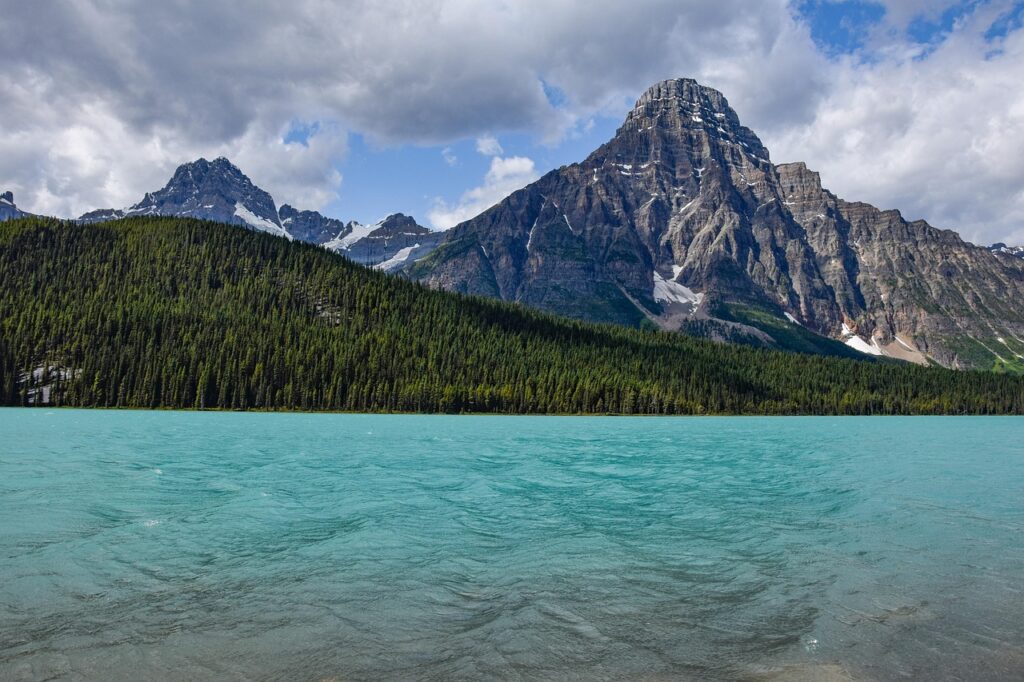
In 1912, the largest volcanic eruption of the 20th century created the Valley of Ten Thousand Smokes, a landscape so dramatic that it inspired the creation of this remote park. Though the steaming fumaroles have since cooled, the valley remains an incredible testament to volcanic power, filled with deep layers of ash and pumice. While many visitors now come to Katmai to see its famous brown bears, the park’s volcanic soul is the foundation for its wild and rugged beauty.